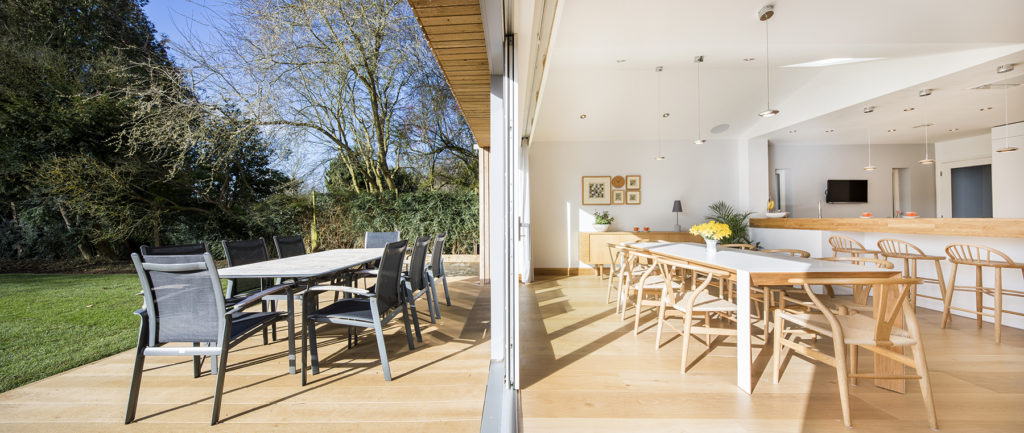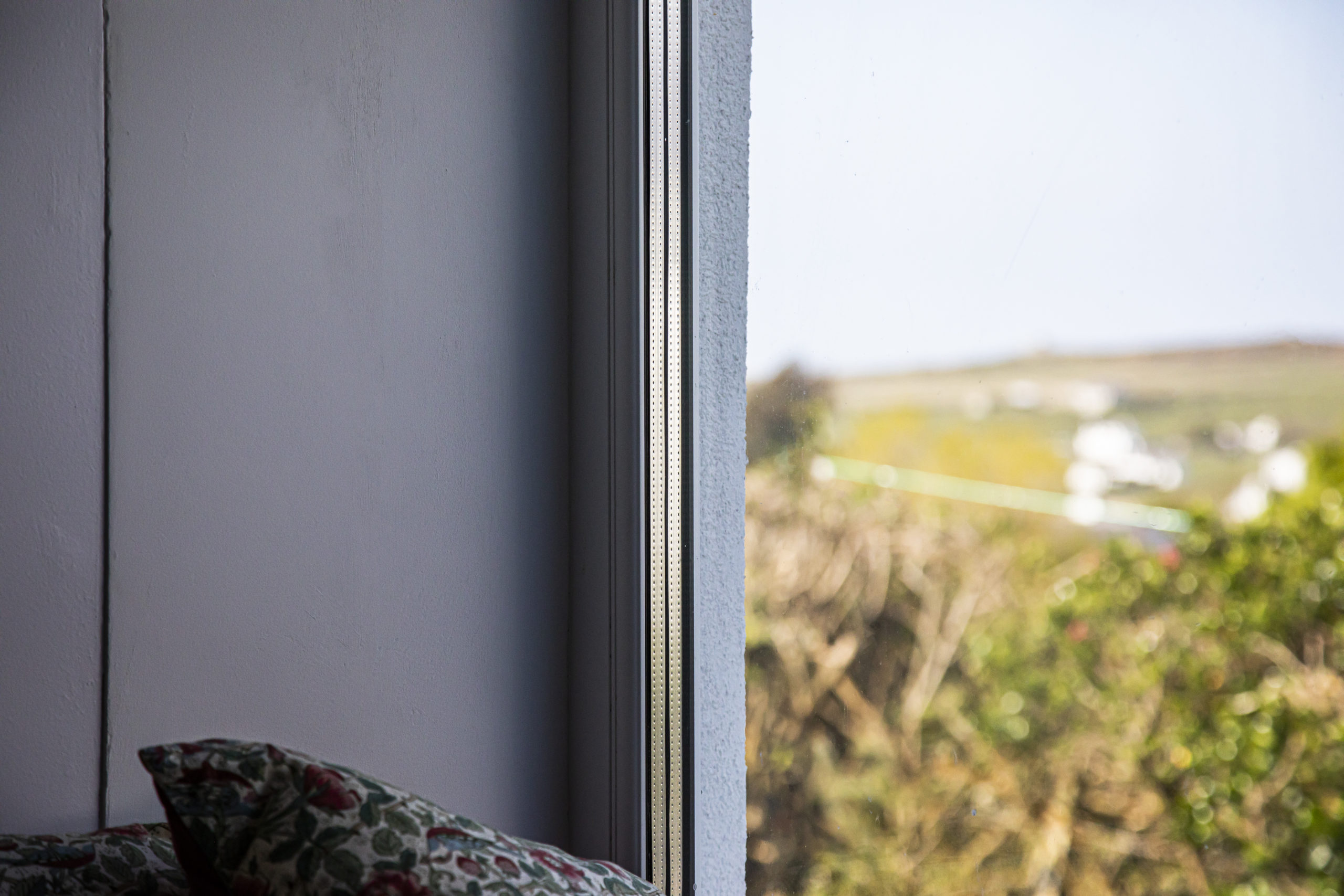It’s fair to say that we’ve experienced some extreme temperatures this year. As we hit peak summer, temperatures are continuing to soar. As a result, living conditions in our own homes have become unbearable at times due to overheating.
It’s also been really frustrating to hear about so many recent builds performing so poorly in the heat.
Brand new dormers have become completely unusable in the heat. Or freezing cold as soon as there’s a breath of wind in the winter due to poor build quality.
We’ve seen so many extensions with huge bi-fold doors or latern rooflights where the occupants are now getting cooked [or fitting temporary shading] as no-one’s stopped to consider solar shading. Or fully glazed gables where the blinds are constantly fully drawn.
Solar shading is an effective method to reduce overheating
We’ve had the tools to design out these problems for years. It doesn’t even require clunky brise solei or anything particularly high tech.
We spent a lot of time considering this on our Stamford Road project to make sure the large South facing sliding doors didn’t get too hot in the summer. The doors have been set in quite a way to create solar shading at the height of summer.
Removeable shades still have a place and can make for more pleasant garden spaces in the summer. Fabric solar sails can be very effective in both protecting the building and creating a sheltered outdoor space.

Air-tightness and ventilation
Just as in winter, being in control of the air coming in to your building is incredibly useful in hot weather. If you can keep the outside air out of the house when it’s hotter than inside you will remain much more comfortable. This means keeping your windows closed during the day.
You don’t want this to be at the expense of air quality, though. Mechanical ventilation with heat recovery (MVHR) will transfer the heat in reverse in the summer, pre-cooling the incoming air to ensure you remain comfortable.
Once outside temperatures drop at night, you can open windows and purge any excess heat that’s built up during the day. We find that rooflights make this extremely effective as they create a chimney effect reducing reliance on wind to drive the air through.
The big difficulty is when night time temperatures stay high, like we experienced in July. This makes the reduction of heat gain during the day even more important as you can’t reset at night. Unfortunately, multiple days with no real cooling at night will start to overheat even the most carefully designed home.
Using PHPP
We know that most Passivhaus buildings manage overheating risk very well. The Passivhaus Planning Package (PHPP) assesses building scale overheating risk and certifiers and designers have become more attuned to stress testing their projects in the software to give the best possible outcomes for occupants.
PHPP is a very well used tool in the office. We use it on a variety of projects and on almost all our new-build homes. However, PHPP provides a simplified ‘whole building’ overheating analysis, which is a useful indicator but it doesn’t necessarily identify higher risk rooms/spaces within the building
An overall building that has minimal risk but with some very hot rooms isn’t useful and PHPP doesn’t necessarily highlight this. We are getting much better at understanding this and designing buildings with shading and orientation/fenestration to minimise these localised risks, but the software can’t back this up on a detailed level.



Insulation is not just for winter
- A well insulated home is likely to improve summer comfort.
- Insulation of any kind slows the transfer of solar heat into the home
- Denser insulations like woodfibre have a higher decrement (thermal delay) than lighter insulations such as PIR and mineral wool. This means that the transfer of solar energy is further delayed, keeping the house cooler for longer.
- Likewise, higher performing glazing will slow the transfer of heat from outside to in; but any windows in the sun will get warm very quickly.
New Part O
The introduction of Building Regulations Part O on overheating will help remove the real extreme overheating problems in projects, but from our own R&D, it’s quite easy to still get large areas of glazing that will need care in design.
As always, reliance on the baseline of the regulations is unlikely to give the very best outcomes.
Carefully consider your team
If you’re choosing an architect for your project then make sure they’re up to speed with the new changes. They should have the skills & experience to be able to craft a beautiful, naturally lit space that stays cool in summer.
And pick a builder with a good eye for detail who will “build tight”. Thankfully we work with quite a few of those.
Fixing overheating problems is costly. With temperatures set to warm, it makes sense to appoint a team who will get this right now.
Suffering from a poorly performing house?
We can help to fix it with our Retrofit Strategy Service.
